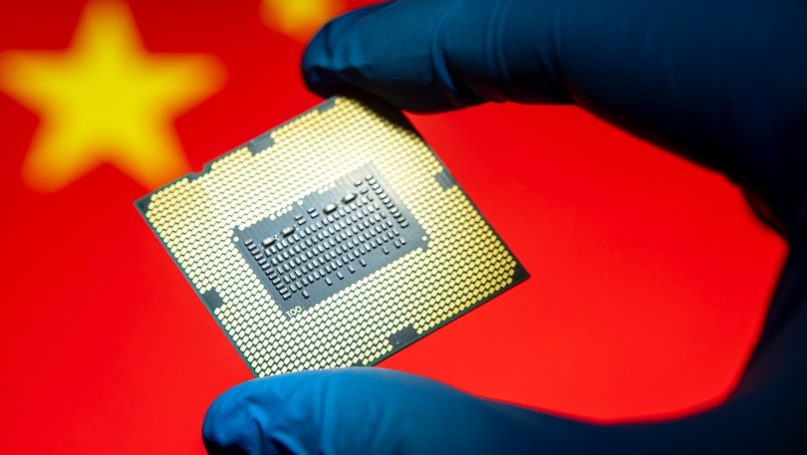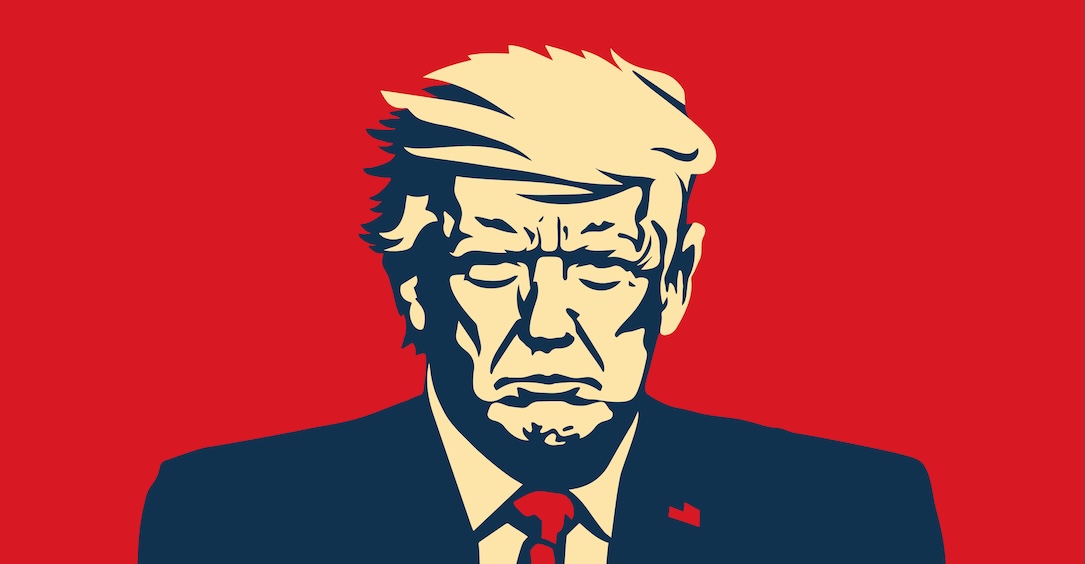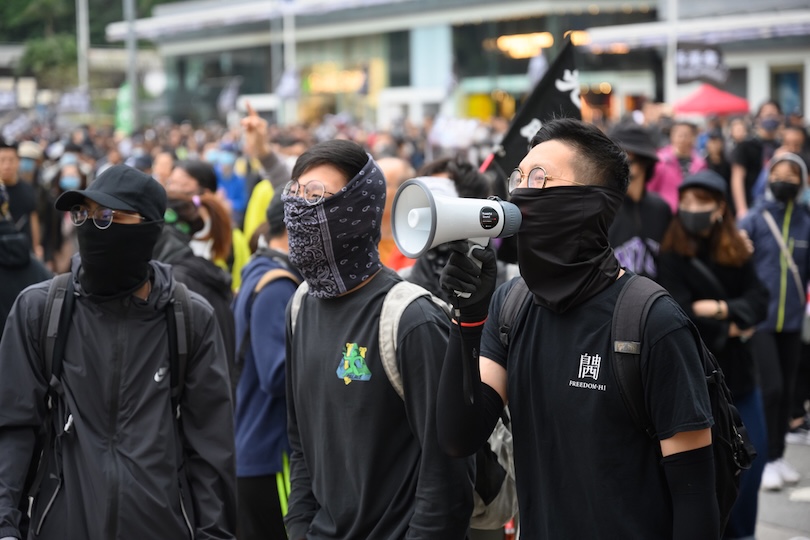
VGV MEDIA/Shutterstock
Ten years ago, in 2015, China introduced the “Made in China 2025” (MIC25) plan, an ambitious industrial strategy to transform its manufacturing base and rise as a world leader in high technology – taking the German Industry 4.0 model as a reference. MIC25 not only aimed at technological self-sufficiency in sectors such as robotics, semiconductors, and electric vehicles, but also became a point of controversy and realignment in international relations. Over the past decade, the plan has redefined global competitiveness, sparked trade wars, and pushed other countries to reformulate their technological and economic policies. With companies such as Huawei, BYD and DJI, China has marked its presence, but has faced significant challenges from the United States and the European Union, who have responded with measures to protect their industries and counter China’s technological ascendancy.
While MIC25 has enabled China to advance in renewable energy technologies and electric vehicles, establishing itself as a leader, restricted access to advanced technologies, especially in semiconductors, shows geopolitical constraints. The expansion of 5G infrastructure by Huawei and ZTE has raised tensions with the West, leading to trade restrictions and strategic alliances such as the “Chip 4 Alliance” to reduce China’s technological dependence. Robotics and artificial intelligence, while growing, reveal the need for international collaboration to overcome technological barriers. In the electric vehicle sector, the success of BYD and NIO has led to global competition for the necessary resources, affecting international trade dynamics.
MIC25 has had a profound impact on international relations, particularly in technology diplomacy. China used this initiative to expand its global influence, offering technology and infrastructure through the Belt and Road Initiative. In doing so, it has strengthened economic and political ties with numerous countries, although not without raising concerns. Many recipient nations have expressed concerns about possible technological dependence, which could compromise their sovereignty in strategic sectors.
Facing this expansion, the U.S. response has been forceful. Measures such as the CHIPS Act, the Clean Network Initiative and various investment restrictions have sought to limit Chinese technological progress. These actions have intensified competition between the two powers and have reconfigured global alliances, consolidating technological blocs and exacerbating economic and political tensions. The European Union, on the other hand, has adopted a more balanced strategy. With its European Industrial Strategy, it is seeking to strengthen its competitiveness without breaking completely with China. However, it faces the challenge of seizing opportunities in the Chinese market while protecting its strategic industries and values.
In developing countries, MIC25 has had mixed effects. It has facilitated access to advanced technology at lower costs, promoting the modernization of several economies. However, it has also generated new forms of dependence, which in the long term could limit the technological autonomy of these nations. One sector where these dynamics have manifested themselves with particular intensity is the semiconductor industry, which has become a geopolitical battlefield. Sanctions and restrictions imposed by the United States have affected not only China, but also global supply chains, underscoring the strategic importance of these components in the world economy.
Against this backdrop, other nations have developed their own strategies to ensure their competitiveness. Japan, South Korea and Taiwan have implemented policies aimed at protecting and strengthening their semiconductor industries, which has intensified global competition. However, China’s challenges do not come solely from abroad. Internally, the country faces the need to build an innovation ecosystem capable of rivaling the world’s leading technology hubs. At the same time, restrictions imposed by the United States have limited its access to key components, forcing Beijing to accelerate its autonomous technological development.
Within China, the implementation of MIC25 has not been uniform. Regions such as Jiangsu and Guangdong have made significant progress, consolidating themselves as key technological poles, while other provinces have faced greater difficulties due to differences in infrastructure, investment and human capital. This disparity has generated an internal dynamic of competition and collaboration between different regions, which in turn influences the formulation of economic and technological policies at the national level.
Interprovincial competition to achieve MIC25 objectives has driven innovation and regional specialization, but has also revealed structural challenges. Some provinces have succeeded in attracting foreign investment and developing stronger technological ecosystems, while others are more dependent on state support. This reality not only affects China’s internal cohesion, but also has implications for its external strategy. The need to ensure balanced development among its regions has led the government to adjust its industrial policies, strengthening both investment in research and development and the protection of its domestic industry from external pressures. In this context, MIC25 has accelerated China’s transformation into a technological powerhouse, but it has also exposed the country’s vulnerabilities to the constraints imposed by its rivals. Global competition for innovation leadership continues to intensify, and the success of this initiative will depend on China’s ability to navigate the barriers imposed by the international environment and consolidate a truly autonomous high-tech industry.
Considering whether China achieved its objectives with “Made in China 2025” – the answer leans towards success, with China hitting around 70-80% of its targets, marking a significant achievement in areas like electric vehicles and renewable energy. However, the pursuit of technological self-sufficiency, particularly in semiconductors, has been hampered by international opposition. This near-success has transformed global trade, technology policies, and international relations. It has sparked both innovation and friction. Now, with Donald Trump back as US President, the future of these dynamics becomes even more uncertain. Trump’s policies, especially his approach to trade and technology with China, could either escalate tensions or lead to unexpected negotiations – and the world will need to watch this new political landscape to see what the future holds for China’s technological ambitions and the global order.
Further Reading on E-International Relations
About The Author(s)
Farhad Gojayev is a PhD candidate specializing in globalization, modernization, and international relations.
Before you download your free e-book, please consider donating to support open access publishing.
E-IR is an independent non-profit publisher run by an all volunteer team. Your donations allow us to invest in new open access titles and pay our bandwidth bills to ensure we keep our existing titles free to view. Any amount, in any currency, is appreciated. Many thanks!
Donations are voluntary and not required to download the e-book - your link to download is below.

 Movie
Movie 3 months ago
119
3 months ago
119 






![Presidents Day Weekend Car Sales [2021 Edition] Presidents Day Weekend Car Sales [2021 Edition]](https://www.findthebestcarprice.com/wp-content/uploads/Presidents-Day-Weekend-car-sales.jpg)



 English (United States)
English (United States)